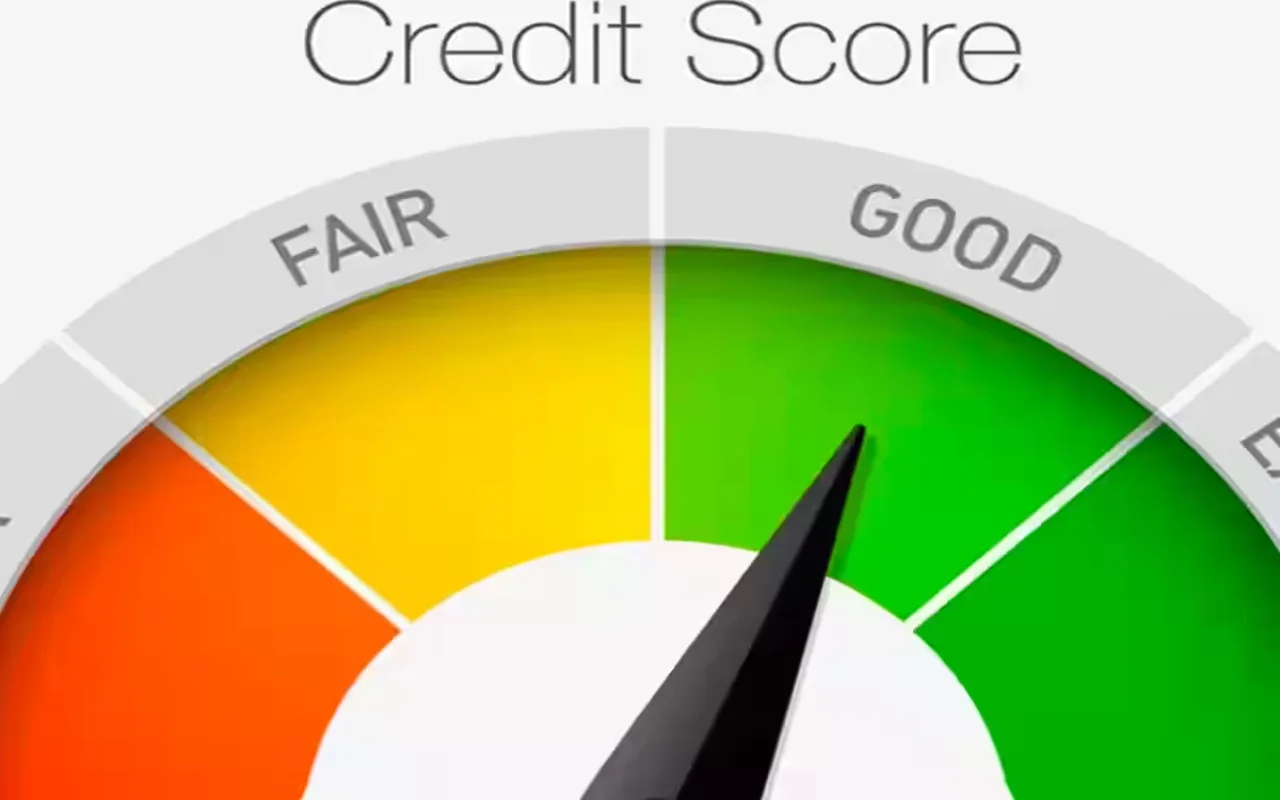Choosing Wisely: Credit vs. Debit – Understanding Payment Security in the Digital Age
In today’s digital world, where convenience reigns supreme, the age-old debate between credit and debit cards continues. While both offer cashless payment options, a crucial difference lies in their approach to security and potential financial implications. Understanding which is safer – credit or debit – empowers you to make informed decisions and safeguard your hard-earned money.
1. Demystifying Credit and Debit: A Tale of Two Cards
Credit Cards: These function like a temporary loan from the issuing bank. You use borrowed money up to a specific limit (credit limit) and repay it later, typically with interest charged on the outstanding balance.
Debit Cards: These directly deduct funds from your linked bank account at the time of purchase. It’s like using your own money electronically, ensuring you don’t spend beyond what’s available in your account.
2. The Security Showdown: Weighing the Pros and Cons
Here’s a breakdown of how credit and debit cards fare in terms of security:
Credit Cards:
- Generally considered safer: When fraudulent activity occurs, you’re not directly losing money from your bank account. You report the fraudulent charges to the bank, and they typically resolve the issue and reverse unauthorized transactions. Your liability is usually limited to a small amount, often $50 or even $0 if reported promptly.
- Additional security features: Many credit cards offer additional security features like chip technology, fraud alerts, and purchase protection, further enhancing security.
Debit Cards:
- Direct impact on your bank account: Fraudulent charges immediately debit your account, potentially leading to insufficient funds and declined legitimate transactions. While banks offer fraud protection, the process of recovering stolen funds can take time and may not always be successful.
- Limited liability protection: While regulations limit your liability for unauthorized debit card transactions, the protection is generally weaker compared to credit cards. Depending on when you report the fraud, you could be liable for up to $500.
3. Choosing the Right Weapon: When to Use Credit or Debit
While credit cards generally offer a safety net, responsible use is crucial. Here’s a quick guide to choosing the right card:
- Use credit cards for: Online transactions, recurring subscriptions, situations where you might be more vulnerable to fraud, and building your credit score (if used responsibly and paid off in full each month).
- Use debit cards for: Everyday purchases where you want to stick to your budget and avoid potential debt, situations where credit cards are not accepted, and for teenagers or young adults learning about responsible money management.
4. Beyond the Basics: Additional Security Tips
Regardless of your choice, remember:
- Be vigilant: Monitor your account statements regularly for any suspicious activity.
- Enable security features: Utilize strong passwords, activate fraud alerts, and consider two-factor authentication for added security.
- Be cautious online: Avoid entering your card details on unverified websites, and be wary of phishing scams.
5. Conclusion: Knowledge is Power
Understanding the security differences between credit and debit cards empowers you to make informed financial choices. By choosing the right card for the situation and practicing responsible card usage habits, you can navigate the digital payment landscape with confidence and safeguard your financial well-being.
















